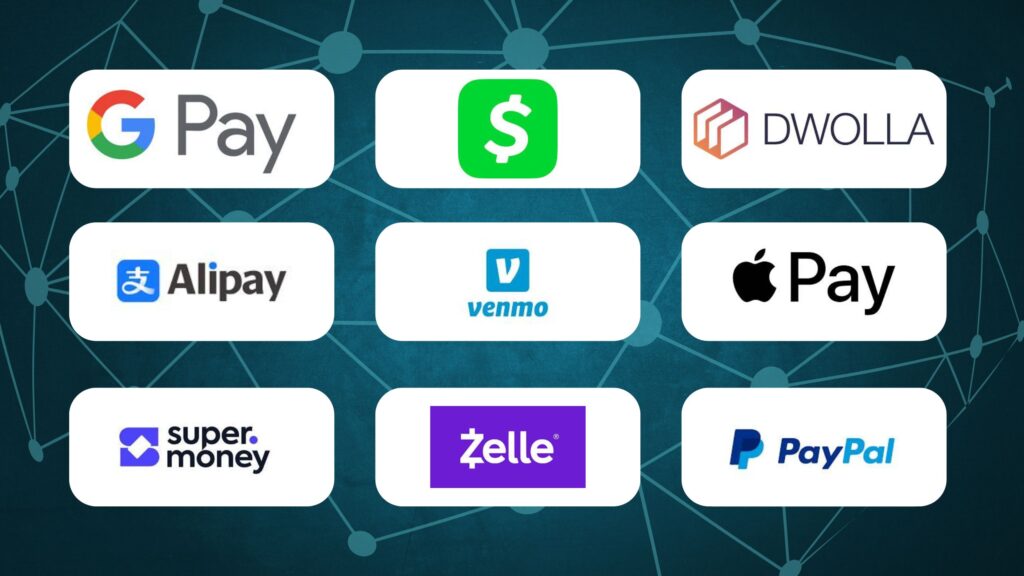What is a Digital Wallet?
Digital wallet (or electronic wallet) is a software-based system or an application that runs on any connected device. It stores your payment information and passwords of numerous payment methods and websites. Digital wallets run primarily on mobile devices but may be accessible from a computer — mobile wallets, which are a subset, are primarily used on mobile devices.
Digital wallets allow you to pay when you’re shopping using your device so that you don’t need to carry your cards around. You enter and store your credit card, debit card, or bank account information and can then use your device to pay for purchases.
Digital wallets can also store:
- Gift cards
- Membership cards
- Loyalty cards
- Coupons
- Event tickets
- Plane and transit tickets
- Hotel reservations
- Driver’s license ( only in some states as of now, AZ, CO, GA, MD)
- Identification cards
- Cryptocurrency
- Car keys
How a Digital Wallet Works?
Digital wallets are applications designed to take advantage of the abilities of mobile devices to improve access to financial products and services. Digital wallets essentially eliminate the need to carry a physical wallet by storing all of a consumer’s payment information securely and compactly.
Digital wallets use a mobile device’s wireless capabilities like Bluetooth, WiFi, and magnetic signals to transmit payment data securely from your device to a point of sale designed to read the data and connect via these signals.
Currently, the technologies used by mobile devices and digital wallets are:
- QR codes: Quick response codes are matrix bar codes that store information. You use your device’s camera and the wallet’s scanning system to initiate payment.
- Near field communication (NFC): NFC is a technology that allows two smart devices to connect and transfer information using electromagnetic signals. It requires two devices to be close to each other to connect.
- Magnetic secure transmission (MST): This is primarily for Samsung mobile phone users. It is the same technology used by magnetic card readers that read your card when you swipe it through a slot at a point of sale. Your phone generates this encrypted field that the point of sale can read. Samsung has phased out MST features for Samsung phones from 2021 onwards to focus on NFC, which is more prevalent.
Types of Digital Wallets
There are several digital wallets available. Here are some of the most well-known:
- Apple Pay
- Google Pay
- Cash App
- The Dwolla Balance
- PayPal Digital Wallet
- Venmo
- Alipay e-Wallet
- Zelle
- Samsung Pay
- Amazon Pay
- Supper Money
Most wallets attempt to distinguish themselves from their competitors with different methods. For example, Google’s digital wallet service allows you to add funds to the wallet on your phone or device.
Apple, on the other hand, entered into a strategic partnership with Goldman Sachs to issue Apple credit cards and expand its Apple Pay services.
Top 10 Digital Wallets
Apple Pay
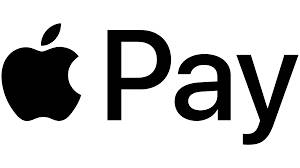
Today, Apple Pay is the most dominant and widespread digital wallet on the market. It has become synonymous with contactless mobile payments and facilitates the leading amount of mobile payments in countless markets. has almost become a synonym for contactless payments, such is its dominance of these markets. The iPhone – to which Apple Pay is already built – remains the most popular smartphone on the market, and a growing proportion of users are activating the feature, making the most of its simple, tap-to-pay functionality. Apple Pay is a fast, easy alternative to cards and cash, and can be set up in a matter of seconds for use on iPhone, Apple Watch, Mac and iPad. Launched a decade ago, the payment method is these days accepted on millions of websites and apps.
- Revenue: US$383.285bn FY2023
- Employees: 161,000
- CEO: Tim Cook
- Founded: 1976
Google Pay
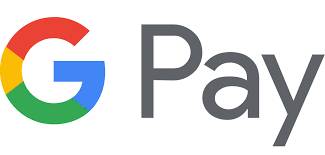
Formerly Google Wallet and Android Pay, the Google Pay we know today was born in 2018. One of the most ubiquitous digital wallets on the market today, Google Pay offers an easy way to pay on various websites, within apps and also in stores using cards saved to customers’ Google accounts. Today, shoppers hoping to use Google Pay when they checkout need only to look for the relevant icon, with no internet connection required for in-person transactions. Google is vocal about its efforts to protect payment information using industry-leading security technologies, allowing customers to pay with peace of mind.
- Revenue: US$307.39bn FY2023 Alphabet, Inc
- Employees: 182,000 – Alphabet, Inc
- CEO: Sundar Pichai (Alphabet, Inc)
- Founded: 1998 (Google)
Cash App
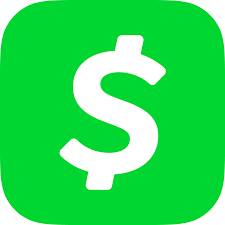
Initially designed to simplify peer-to-peer transactions, Cash App began as a straightforward solution with a singular focus. However, fast-forward to 2024, it has transformed into a multifaceted financial platform catering to nearly 50 million active users, providing various services, such as Afterpay (Clearpay). Its most notable transformation is, indeed, its digital wallet Cash App Pay. Launched by Block, Cash App facilitates swift and convenient contactless payments for Cash App users. This method enables customers to make payments to merchants effortlessly by scanning a QR code, whether at physical locations or online.
- Revenue: US$10.6bn FY2022 *For designer: 2023 stats not yet released
- Employees: 2,400
- CEO: Jack Dorsey (CEO of Block)
- Founded: 2013
The Dwolla Balance

Dwolla offers digital wallet-like services for businesses via The Dwolla Balance. This functionality enables Dwolla’s customers to hold and move funds in and out of their balance as if it were a wallet. Money transferred using The Dwolla Balance is done so through the company’s financial institution partners, which include major US banks such as Bank of America. Users can send payments via automated clearing house (ACH), real-time payment (RTP) or to a debit card with push-to-debit. With Dwolla, businesses can transfer money and complete purchases more easily than ever before.
- Revenue: US$10.2m FY2023
- Employees: 75
- CEO: Dave Glaser
- Founded: 2008
PayPal Digital Wallet
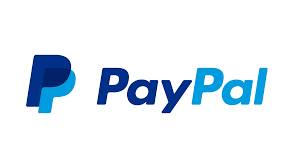
Among PayPal’s products and services, the PayPal wallet is one of its most popular. The digital wallet is useful when making purchases from foreign online stores, thanks to the fintech’s international brand recognition. Storing funds in the wallet also allows consumers to access those funds from anywhere in the world, and bank accounts can be directly linked to PayPal to negate the need for consumers to keep topping up their accounts. With easy registration, PayPal’s services have long been favoured among countless consumers.
- Revenue: US$29.77bn FY2023
- Employees: 27,200
- CEO: Alex Chriss
- Founded: 1998
Venmo
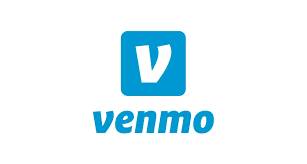
In recent years, Venmo has emerged as synonymous with transferring funds among friends and family in the US. Originating as a basic SMS platform for monetary exchanges, Venmo has transformed into a social payments application and has introduced a host of features. These include capabilities for dividing expenses and offering exchange experiences, as well as payments alone. Venmo was founded by college roommates seeking an improved method of transferring funds among themselves in 2009. Today, it has 60 million users and processes hundreds of millions of transactions across the US. Venmo is wholly-owned by PayPal.
- Revenue: US$2.4bn FY 2023 (projected)
- Employees: 724
- Founders: Andrew Kortina and Iqram Magdon-Ismail
- Founded: 2009
Alipay e-Wallet
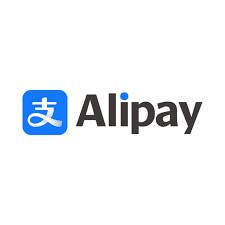
Alipay e-Wallet helps businesses connect with their customers across the globe through its innovative e-Wallet solutions. Powered by Alipay’s technology, Alipay e-Wallet provides seamless payments collection and a convenient customer experience. Alipay offers a diverse portfolio of market-preferred payment methods, flexible and scalable integration options, efficient cross-border and multi-currency settlement and leading financial technology that safeguards every transaction. Today, Alipay, whose parent company is Ant Group, has a range of products and services. It now serves more than 1.2 billion users worldwide and works with over 250 overseas financial institutions.
- Revenue: N/A
- Employees: 5,000 – 10,000
- CEO: Jennifer Tan
- Founded: 2004
Zelle
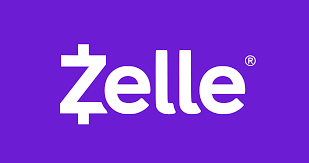
Operated by its parent entity, Early Warning Services – which is owned by major US banks – Zelle was introduced as the replacement for the clearXchange payment platform in 2017. With Zelle, users can effortlessly transfer funds to friends or family using just an email address or US mobile phone number. This is done directly through a banking application regardless of who a person banks with. With translation processing taking just minutes, Zelle’s popularity has only been growing, and today it is integrated with over 2,000 US banking applications.
- Transaction volume: US$806bn FY 2023 transaction volume
- Employees: 1,022
- CEO: Cameron Fowler (CEO of Early Warning Services – Zelle parent)
- Founded: 2017
Samsung Pay
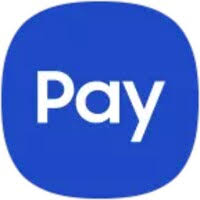
The digital wallet for those with Galaxy devices – including smartphones and smartwatches – Samsung Pay empowers customers with a convenient payment option for shopping at virtually any location that accepts contactless payments. Utilising Samsung’s contactless payment technology is effortless; users simply need to add their cards to Samsung Wallet and tap to complete transactions. Every transaction benefits from bank fraud protection and requires authentication via either fingerprint or PIN. Additionally, tokenisation enhances security by adding extra layers of protection.
- Revenue: US$194bn FY 2023 – Samsung Electronics
- Employees: 270,000
- CEO: Kyung Kye-Hyun and Han Jong-hee
- Founded: 1938
Amazon Pay
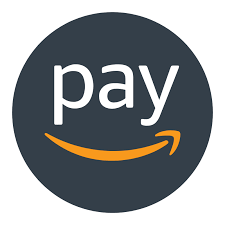
Amazon Pay enables partner companies to embed a payments function on their websites through which customers can pay for products and services. Amazon Pay supports several payment functions, such as SEPA payments in the EU and SWIFT payments globally. With no monthly commission for use, Amazon Pay offers low transaction fees, a high level of security and a simple registration process that takes no more than a few minutes. The Amazon Pay system allows users to make payments in their national currency with further conversion into US dollars at the average rate.
- Revenue: US$514bn FY 2023 – Amazon.com
- Employees: 1.54 million
- CEO: Andy Jassy
- Founded: 1994
Supper Money
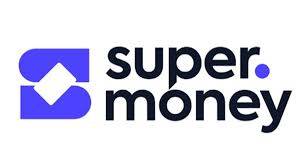
Supper Money provides a seamless payment solution that enables restaurant partners to integrate a streamlined payments feature on their platforms, allowing customers to easily pay for meals and services. Supported by multiple payment methods, Supper Money ensures quick transactions and efficient processing. The service operates with no monthly fees and offers competitive transaction rates, enhanced security measures, and a straightforward registration process that can be completed in just a few minutes. Supper Money allows users to make payments in their local currencies, ensuring a smooth experience for both diners and restaurants.
- Revenue: US$250 million FY 2023 – Supper Money
- Employees: 500
- CEO: Sarah Lim
- Founded: 2020
Age Requirements for Using a Digital Wallet
Most makers of digital wallets place age restrictions on young users. For example, if you’re not yet 18, you can’t open your own Apple Pay account; however, Apple does offer “Apple Cash Family,” where children or teens as part of a family can send or receive money with Messages and Wallet and make purchases with Apple Pay. Parents would need to create and authorize this from their own accounts.
Cash App segregates the types of services available to those 18 and younger. For example, if you are below 18, you can pay someone else or receive funds—up to $1,000 every 30 days, in peer-to-peer transactions. Borrowing, check deposits, cross-border payments, and phone support are available only to those 18 and older.
Pros and Cons of Digital Wallets
Pros
- Limits exposure for financial and personal information: Having a digital wallet adds security for your credit cards and identification.
- Ends carrying a physical wallet and cards: Possessing forms of payment and ID in your mobile device means you can carry less, avoiding the chance of losing those items.
- Can improve financial services access: The availability of digital wallets gives people in underserved areas more options for payment and commerce.
Cons
- May not be accepted everywhere: Smaller shops or less-developed areas may not be set up to accept payment via a digital wallet.
- May not work if Bluetooth or WiFi isn’t available: If an Internet setup or electronic point-of-sale network isn’t functioning, it may not be possible to pay using a digital wallet.
- Vulnerable to identify theft or fraud: If your mobile device is stolen and isn’t protected by a password or biometric data, or if your digital wallet is hacked, you could suffer criminal use of the information.
What Is a Digital Wallet Example?
Apple Pay is an example of one of the more well-known digital wallets. It allows you to access your financial products through your devices and to make purchases.
Is PayPal a Digital Wallet?
PayPal is a peer-to-peer payment and money exchange platform, but it has a digital wallet included in its app.
Do I Need a Digital Wallet?
You don’t necessarily need a digital wallet. However, they offer a convenient way to pay for your purchases because you don’t have to carry credit and debit cards around; that information is instead stored in the cloud. This also increases card security—you can’t lose your cards if you don’t carry them.
FAQs
What is the safest digital wallet in the USA?
The safest digital wallets include Apple Pay, Google Wallet, PayPal, and Samsung Wallet, as they use encryption, tokenization, and biometric authentication for security.
Which digital wallet is best for online shopping?
Popular digital wallets for online shopping include PayPal, Apple Pay, Google Wallet, and Amazon Pay, as they offer buyer protection and fast checkouts.
Can I use a digital wallet without a bank account?
Yes! Some wallets like PayPal, Venmo, and Cash App allow you to store and use funds without linking a bank account.
Do digital wallets charge fees?
Most digital wallets are free for personal use, but some charge fees for instant transfers, cross-border payments, or credit card transactions.
What stores accept digital wallets in the USA?
Major retailers like Walmart, Target, Starbucks, McDonald’s, Amazon, and Best Buy accept digital wallets for in-store and online payments.
Can I withdraw cash from a digital wallet?
Yes! Wallets like PayPal, Venmo, and Cash App allow withdrawals via linked bank accounts, ATMs, or debit cards.
How do I add money to my digital wallet?
You can add funds using bank transfers, credit/debit cards, direct deposits, or linking a payment source.
What’s the difference between a digital wallet and a mobile wallet?
A digital wallet stores financial details and can be used across devices, while a mobile wallet is specifically designed for smartphones and contactless payments.
Is Zelle a digital wallet?
No, Zelle is a payment service that allows direct bank-to-bank transfers, but it doesn’t store funds like a digital wallet.
Can digital wallets be hacked?
While rare, digital wallets can be vulnerable. Use strong passwords, enable two-factor authentication (2FA), and avoid public Wi-Fi for security.
